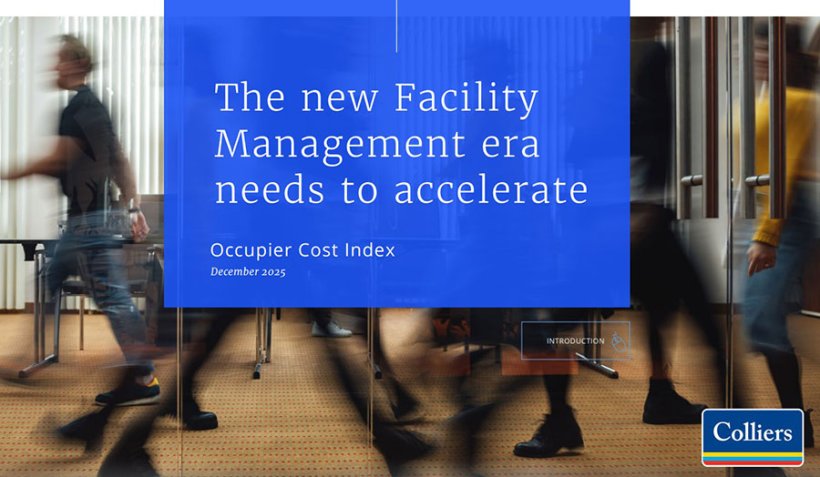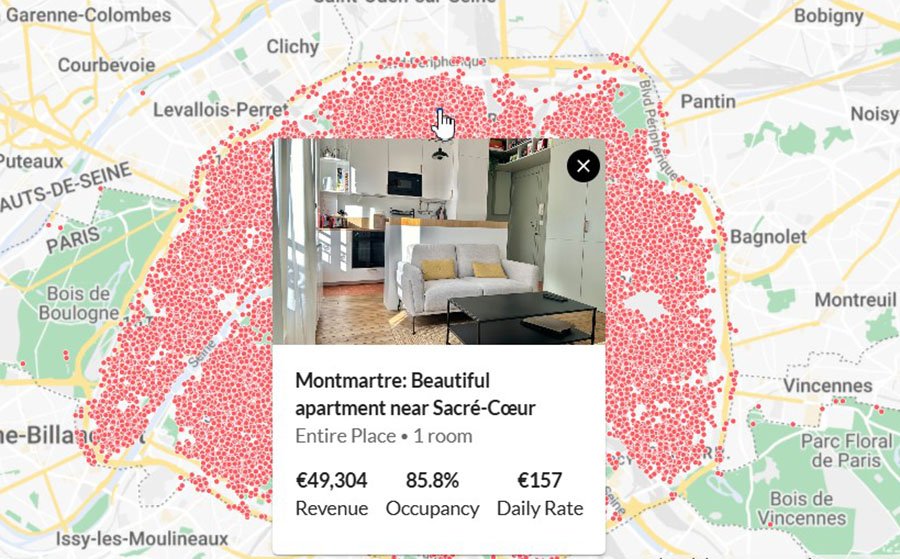читайте также
 The structure of workplace costs in Europe has shifted: Colliers
The structure of workplace costs in Europe has shifted: Colliers
 How Terrorism Is Reshaping Middle East Tourism in 2025: Risk, Resilience and Shifting Demand
How Terrorism Is Reshaping Middle East Tourism in 2025: Risk, Resilience and Shifting Demand
 Rental Market in Paris: Rate Dynamics, Occupancy, and Yields
Rental Market in Paris: Rate Dynamics, Occupancy, and Yields
 DHS Travel Ban Shock: How a Proposed Expansion to 32 Countries Could Disrupt Airlines, Tourism and U.S. Hospitality
DHS Travel Ban Shock: How a Proposed Expansion to 32 Countries Could Disrupt Airlines, Tourism and U.S. Hospitality
 Travel Surge 2025: How Lufthansa, Iberia and Hyatt Ignited Record Demand for Spain, Italy and the U.S.
Travel Surge 2025: How Lufthansa, Iberia and Hyatt Ignited Record Demand for Spain, Italy and the U.S.
 Hyatt Expands Boldly Across Portugal: Four New Hotels Set to Redefine Hospitality in 2025–2026
Hyatt Expands Boldly Across Portugal: Four New Hotels Set to Redefine Hospitality in 2025–2026
Estonia’s Real Estate Market Begins to Recover

In January 2025, Estonia registered 1,585 apartment transactions — a 22% increase compared to the same period in 2024, according to the Arcovara portal. Month-over-month, the number of deals decreased by 11%, which analysts attribute to seasonal factors.
The most notable positive changes were recorded in Tallinn, but an overall rise in activity was also seen in most county centers. Exceptions included Jõgeva, Haapsalu, Rakvere, and Valga. The main factor driving the market rebound was the reduction in interest rates. Additionally, an unusually warm and low-snow winter in early 2025 positively affected consumer sentiment, especially in the private housing sector. In January 2025, 334 residential land plots were sold — up 43% from early 2024.
Housing prices have remained relatively stable over the past two and a half years. However, the overall cost of living has risen alongside consumer income, improving real affordability despite still-low purchasing power. While interest rates are declining, they remain above pre-2023 levels, and the anticipated new pricing cycle may hinder further accessibility.
Given these conditions, renting remains a more attractive option, particularly for younger buyers. Experts predict that high interest rates and limited investment in rental developments will push rents up and reduce supply in 2025. This trend may curb population outflow from central regions and support suburban real estate markets near Tallinn, pointing to continued suburbanization not only in Harju County but across the country.
According to Erena, 2025 will bring growing interest in Tallinn's suburbs and peripheral regions, driven by increasing housing costs in the capital. Improved transport infrastructure and growing mobility across the country will further reinforce this shift.
Delfi also notes increasing interest in suburban and rural areas, beyond just Tallinn and Tartu. This is linked to affordability concerns, the rise of remote work, and a growing desire to live closer to nature. Buyers are increasingly looking for spacious homes or apartments with room for a home office. Regions with solid infrastructure are becoming more attractive for families and young professionals.
Construction activity remains low, and developer confidence is still weak. However, the 2024 growth in residential land sales suggests interest in homebuilding is rising again. This may lead to more speculative listings, though price increases remain modest.
Between 2025 and 2026, the largest growth in demand and pricing is expected in the secondary market — particularly in densely populated districts. Among apartments, the highest potential lies in Soviet-era panel buildings located in Tallinn's sleeping districts, which suffered the most during the 2022–2024 downturn.
On July 1, 2025, Estonia will increase its VAT from 22% to 24%, while personal income tax will rise from 20% to 22%. These changes may affect purchasing power and construction costs. At the same time, energy efficiency is becoming a more critical factor in real estate value.
Experts base their forecasts on the expectation that the key interest rate will drop to around 2%. This is particularly relevant for buyers planning to use housing loans. However, geopolitical instability continues to exert negative economic pressure, driving up costs and inflation — and indirectly influencing the real estate market.





